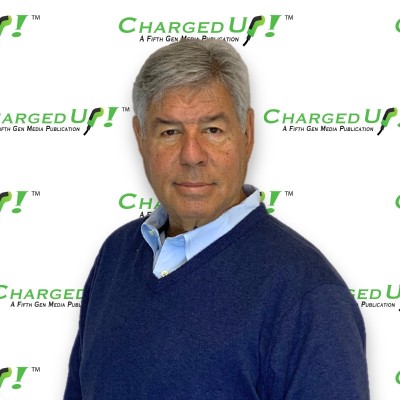Retailers Are Installing DC Fast Chargers to Monetize Dwell Time—Here’s the Playbook for CorpRE and CRE
- Rich Berliner

- Oct 21
- 3 min read
Shoppers who plug in, linger. And when they linger, they spend. That’s the simple logic behind a wave of DC fast-charging (DCFC) projects popping up at big-box parking lots, grocers, and highway travel centers—operators are using the 20–40 minutes of charge time to drive basket lift, coffee runs, and loyalty sign-ups. Recent reporting highlights the trend, with retailers and travel centers accelerating DCFC installs specifically to capture “dwell-time monetization.”
It’s not just theory. Academic and consumer research keeps pointing to measurable upside. An MIT team found nearby business spending rose after chargers were installed, with meaningful dollar gains across corridors. Consumer Reports has likewise argued that retail lots are under-equipped—and that chargers can lift traffic and revenue while tapping incentives to blunt capex.
Meanwhile, supply is arriving fast. The U.S. is adding DCFC at a record clip in 2025, with forecasts calling for the largest annual build yet—evidence that landlords and Charge Point Operators (CPOs) are moving from pilots to portfolio plays.
Why DCFC Belongs in the CRE Toolkit
Dwell that pays. A half hour with a 150–350 kW charger is enough time for a coffee + bathroom + impulse buy. Convenience and restaurant sites often see higher session counts than c-stores, reinforcing that amenities matter for capture.
Tenant attraction and NOI. For open-air retail, travel plazas, hospitality and mixed-use, EVSE is becoming a leasing bullet—differentiating parking, signaling sustainability, and supporting higher-value co-tenants.
Network partnerships are maturing. Operators are standardizing on larger, more reliable hubs, faster hardware, and portfolio-wide service SLAs—making it easier for owners to scale without building an in-house charging team.
The Dwell-Time Monetization Stack
Right-size the site. Prioritize properties with food, restrooms, and line-of-sight to storefronts. DCFC belongs where a 30-minute stop makes sense; Level 2 fits workplaces and long-dwell residential.
Merchandise the stop. Treat chargers like a front door: high-visibility wayfinding, clean bays, trash receptacles, and clear price displays so drivers decide before they park. (The industry is trending toward real-time price transparency across apps and on-site signage.)
Close the loop digitally. Use Wi-Fi splash pages and QR code receipts to route drivers into your app, loyalty program, or food offer. A “charge + coffee” bundle during off-peak grid hours can shift load and boost sales.
Mind the operations. Bigger hubs mean bigger uptime stakes. Insist on field-service response times, spare-parts SLAs, and uptime reporting you can audit—not just aggregate network numbers.
Five Business Models for Owners (From Hands-Off to All-In)
Hands-off land lease / site-host. Lease marked stalls to a CPO; they fund and operate everything, you collect rent (and possibly rev share). Lowest effort, least control.
“Wading in” partnership. You invest in make-ready or hardware; the CPO runs software, payments, and maintenance. Shared revenue, shared control.
Full owner-operator. You buy, operate, and brand. Highest profit potential and control over the guest experience—and the most capex and ops risk.
Charging-as-a-Service (CaaS). A turnkey provider delivers hardware, software, and O&M for a predictable fee or revenue split. Amenity quality without building a charging department.
Amenity / loss-leader. Free or low-cost charging to drive sales per visit or tenant retention. Best where the store P&L, not the charger, is the profit center.
Choose based on your risk tolerance, cost of capital, and how strategically important the on-site experience is to leasing and sales.
What To Do This Quarter
Pick three flagship sites with strong F&B adjacency and easy utility access; start load studies and trenching plans now.
Issue a requirements brief: kW per stall today, conduit for expansion, uptime SLA, contactless payments, and price transparency (both on-unit and online).
Measure the right KPIs: charger utilization, basket lift during sessions, loyalty sign-ups from charger funnels, and tenant sales feedback.
Stage a promotion calendar that aligns off-peak energy windows with food and retail offers.
Bottom Line
DC fast charging is no longer just “green infrastructure.” It’s a traffic engine and a merchandising surface that turns parked time into profit. With retailers and travel centers already proving the model—and 2025 shaping up as a record deployment year—CRE owners who move now can capture new revenue, fortify tenant demand, and future-proof their sites as EV adoption grows.






Comments